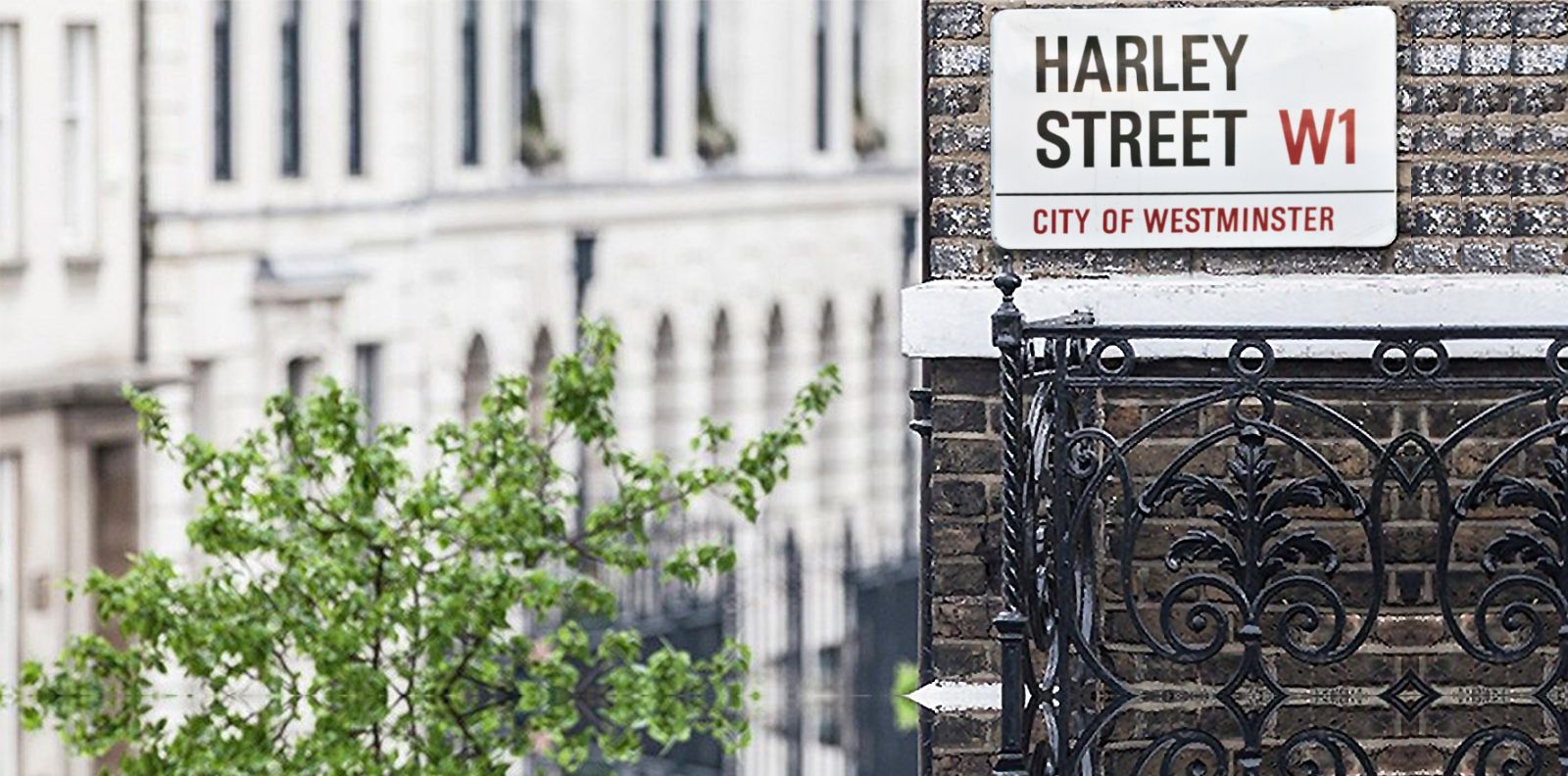


Facelifts are intricate procedures and require a delicate approach to ensure that any scarring left will be as hidden as possible.
Nowadays, the incisions made for a Facelift are discrete and finely made. Traditional Facelifts require an incision being made in the natural creases of the face, for example, the fold between the ear and cheek. This line usually follows behind the ear to give the surgeon great visibility to help alter your face’s structure.
Speak to our team today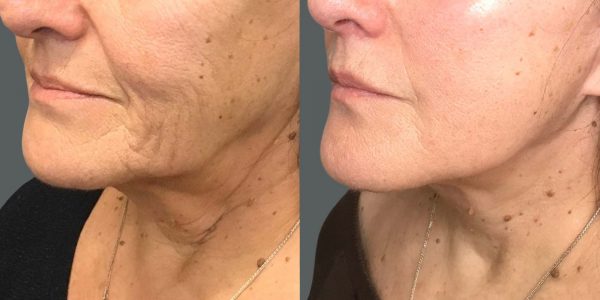
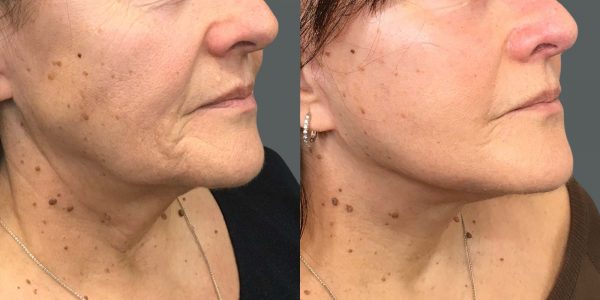
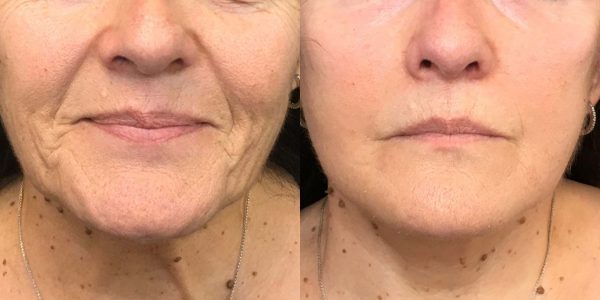
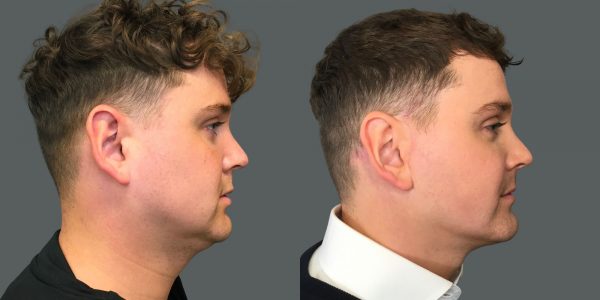



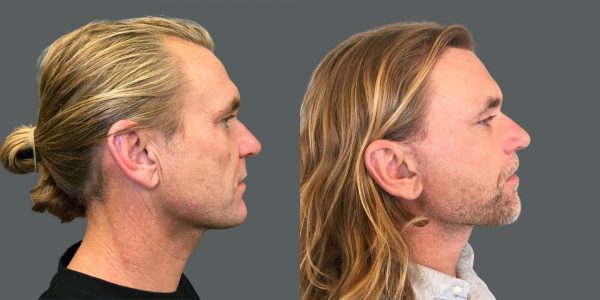


For those curious about how Facelift scars are hidden, the incision can also be made along the inner ear, tracing your ear’s natural shape to ensure maximum discretion.
Of course, depending on the type of Facelift you undergo, the place of the incision may change as the technique changes. For example, the scars for a Traditional and Endoscopic Brow Lift differ.
For a Traditional Brow Lift, the incision is made across the hairline and for an Endoscopic Brow Lift, two smaller incisions are made either side of the upper forehead. See the below pictures as reference:

Book now

Facelift scars do diminish over time and when you’re equipped with our post-surgery aftercare recommendations healing can be very quick.
See below one of our Facelift patient’s scars, one week afterwards versus two weeks afterwards. This is still very early in the healing process and the scarring will be almost undetectable as time goes on.
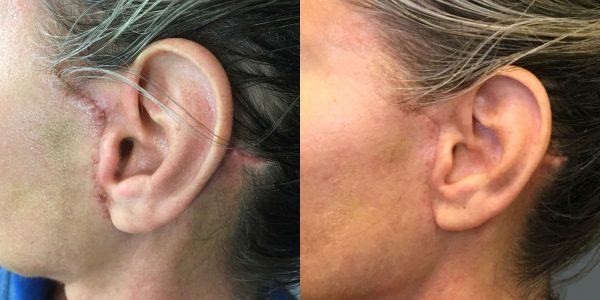


This can depend on factors like age and skin quality, however, if you follow the above advice your scars will heal beautifully.
For more information on Facelift scars, click on the below link.
Speak to our teamPlease note, all consultations are subject to the applicable consultation change or deposit.
To request a consultation, please complete this form.
To request a consultation at our Harley Street clinic, please complete this form.
Our Patient Advisors are contactable via phone Monday to Friday from the hours of 10:00 – 18:00
